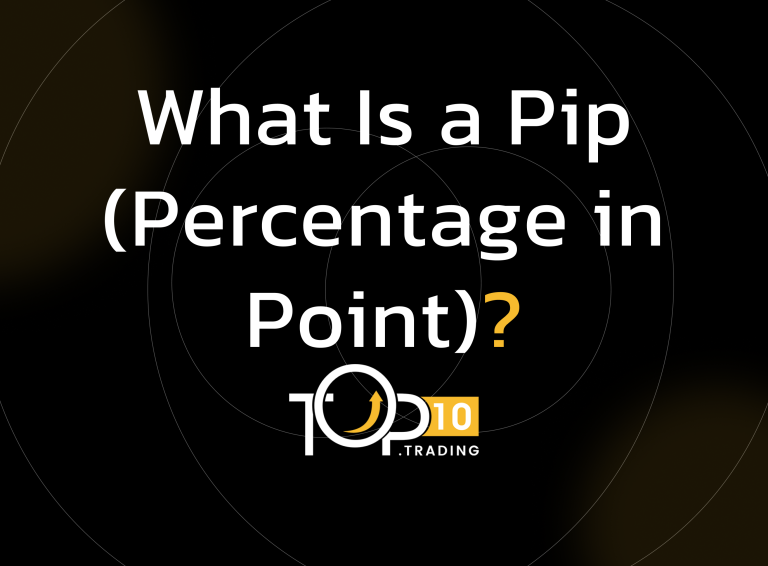Pip Definition

A Pip, short for Percentage in Point, is the smallest standardized price movement in the forex market. It represents a one-digit movement in the fourth decimal place (0.0001) for most currency pairs. Pips are crucial for measuring price changes, profits, and losses in forex trading.
Key Takeaways
- A pip is a unit of measurement used to express the change in value between two currencies.
- For most currency pairs, 1 pip = 0.0001; for JPY pairs, 1 pip = 0.01.
- Pips help traders calculate gains, losses, and spread costs.
- Essential for setting stop-loss, take-profit, and risk management strategies
- Some brokers use fractional pips (pipettes) for more precision.
How Pips Work
In most major forex pairs, a pip is the fourth decimal place. For example, if EUR/USD moves from 1.1050 to 1.1051, that’s a 1 pip increase. For JPY pairs like USD/JPY, which are quoted to two decimal places, a pip is 0.01.
- Example
- EUR/USD: From 1.3000 to 1.3005 = 5 pips
- USD/JPY: From 110.00 to 110.05 = 5 pips
- Pips are used in conjunction with lot sizes and leverage to calculate the monetary value of a trade.
Examples of Pips in Trading
- A trader buys EUR/USD at 1.1000 and sells at 1.1020 = 20 pips profit.
- If a broker charges a 2-pip spread on GBP/USD, a trade starts 2 pips in the negative.
- A stop-loss placed 50 pips below the entry protects against larger losses.
Benefits of Understanding Pips
- Standardized Measurement: Provides a universal way to measure price movement.
- Precision: Enables accurate risk/reward calculation.
- Trade Planning: Helps define entry, exit, and risk management strategies.
- Performance Tracking: Measures trade outcomes consistently.
Costs and Limitations
- Can Be Confusing for Beginners: Especially when calculating pip value across lot sizes.
- Variable Pip Values: The monetary value of a pip depends on the currency pair and trade size.
- Less Useful in Non-Forex Markets: Pips are specific to forex and not used in stocks or commodities.
Who Uses Pips?
Forex traders—retail, institutional, and algorithmic—rely on pips to measure trade performance, calculate spreads, set stop-loss/take-profit orders, and assess volatility. Understanding pips is essential for anyone involved in currency trading.
